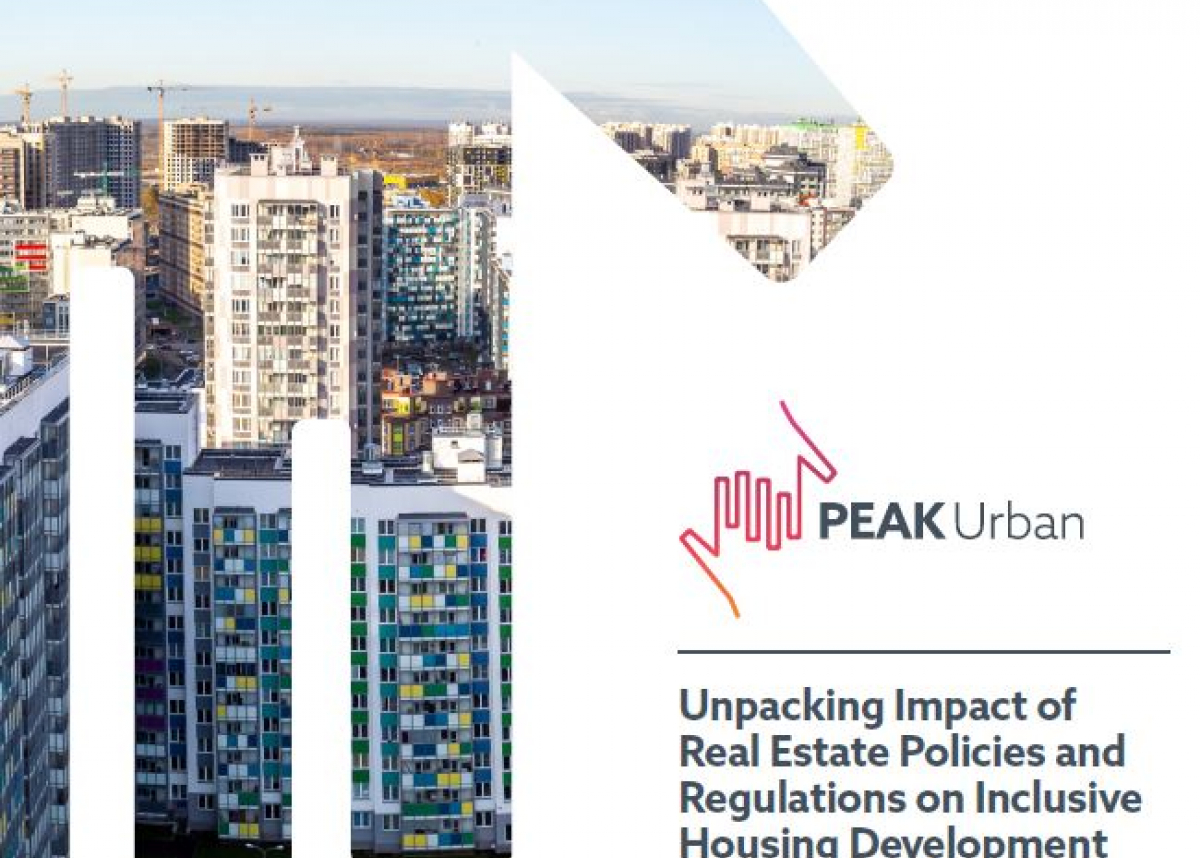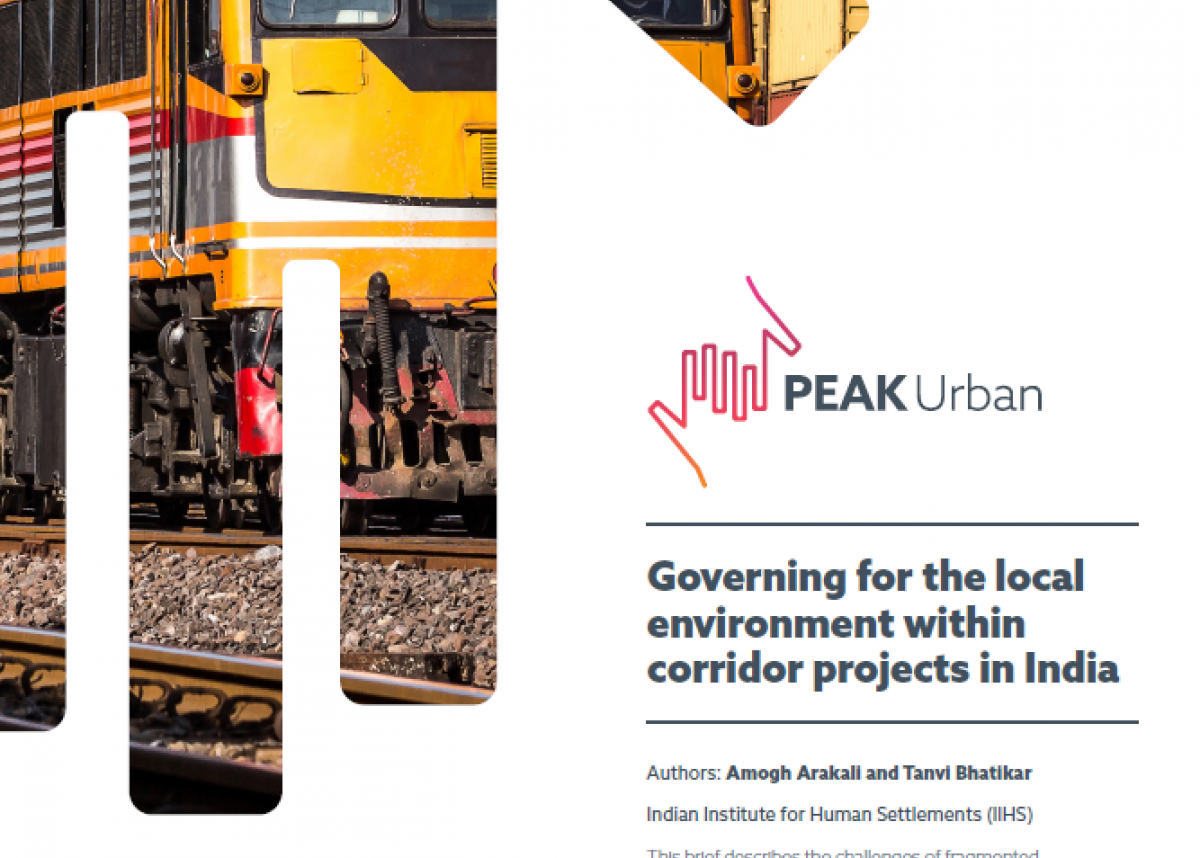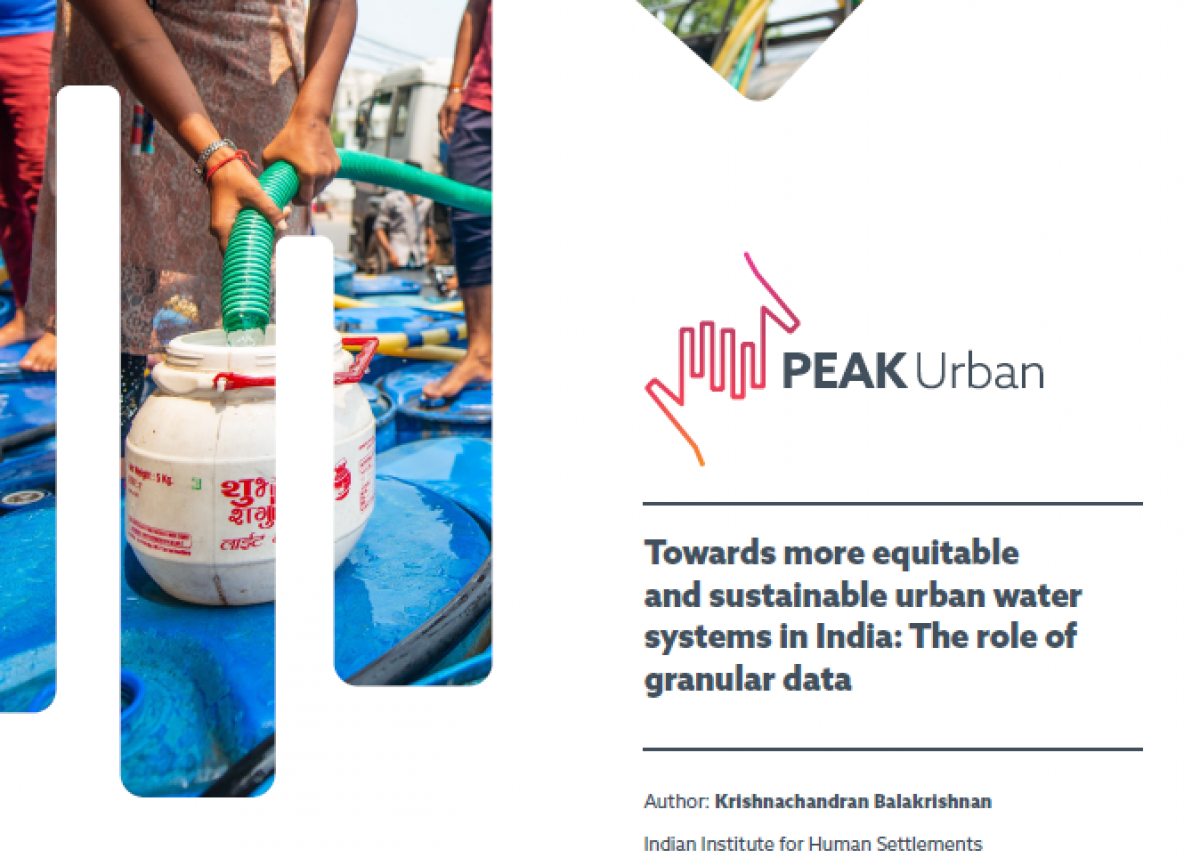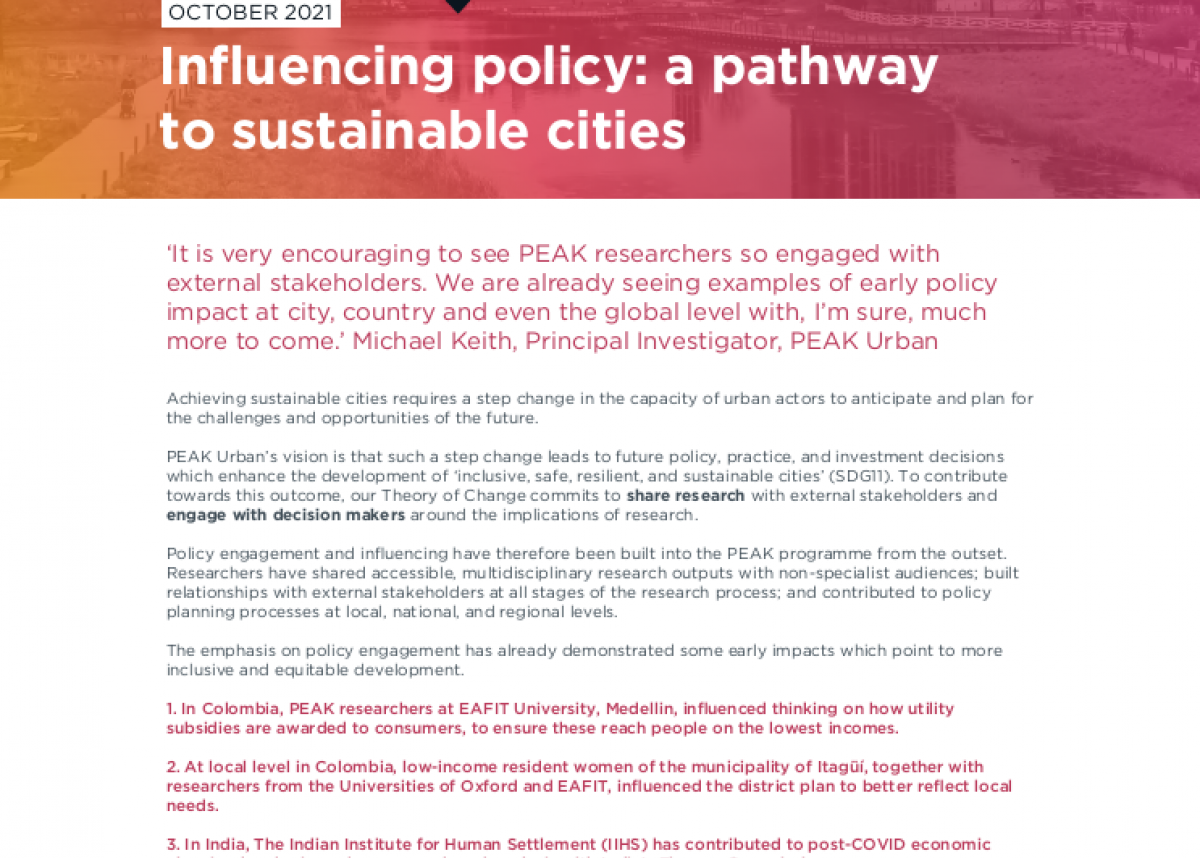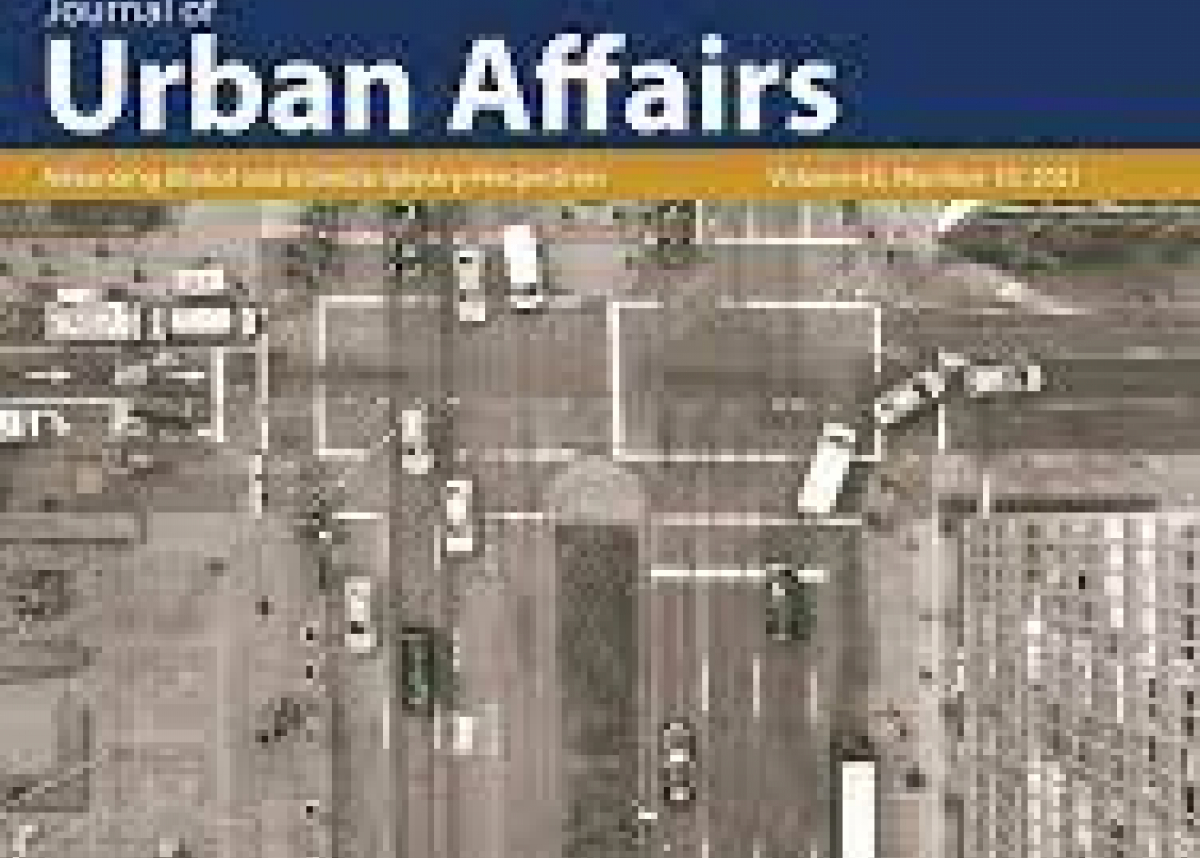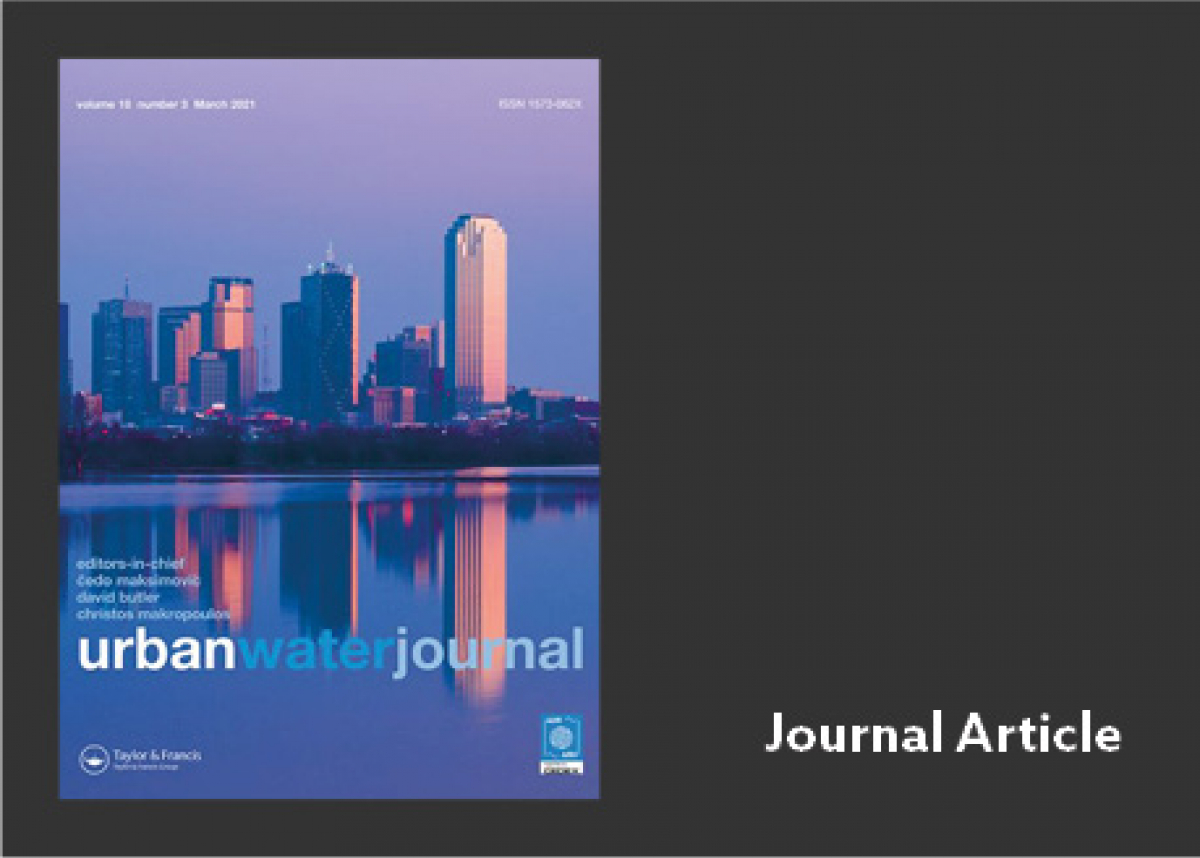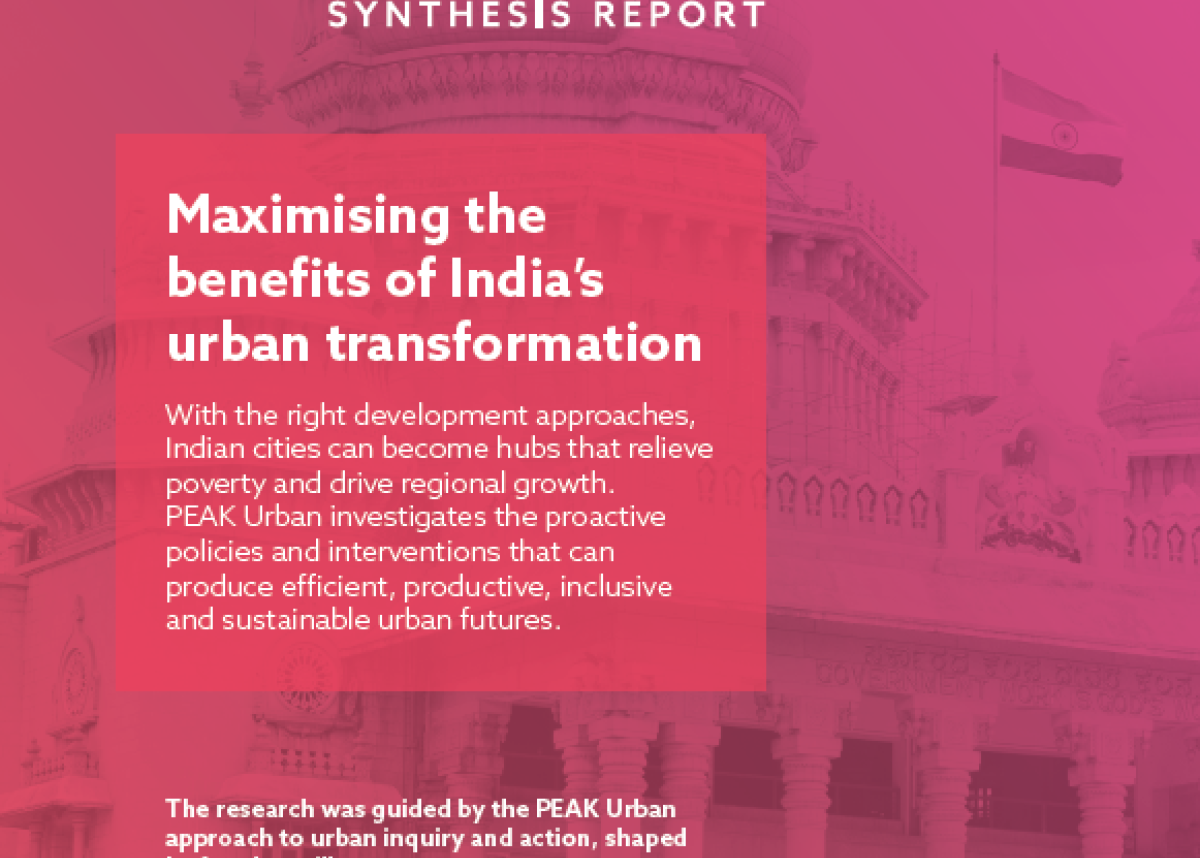
Infrastructure and public works in colonial India: Towards a conceptual history
In 1697, the author Daniel Defoe wrote Essays Upon Projects. The word ‘projects’, during Defoe's times, meant unscrupulous means of making money, usually by building structures, such as housing or public utilities. The ‘age of projects’ as Defoe called it, inaugurated an era preoccupied with the built form. In the 19th century, this built form consolidated as ‘improvement’, or governments seeking to uplift subjects by building public works projects. In the 20th century, governments, private finance and experts all came together to recreate ideas of improvement into that of development or a common condition of progress for humankind. A key facet allowing a variety of actors to ‘improve’ and ‘develop’ societies has been infrastructure, built forms which facilitate and enable (and disable) social life, economic activity, commerce, movement and aid colonial and postcolonial state formation.
We employ the term infrastructure in an analytical fashion, arguing that a variety of new histories, in this case of colonial South Asia, can be anchored around the concept of infrastructure.
Specifically, we argue that using infrastructure as a heuristic category allows for a re‐evaluation of the history of the political economy of modern South Asia, which has been studied through the prisms of space, capital and the social. Anthropological research has defined infrastructures as physical and material objects, such as roads or water pipes, through which people, capital, finance, non‐humans and technologies move through.
However most ethnographies study the neoliberal era, but there is little discussion of the ‘public’ nature of infrastructures and their meanings in the colonial and postcolonial times. While some headway has been achieved in documenting the manner in which the category ‘public works’ was initially employed in the colonial archives to refer to the movement of goods and later on to describe more specific infrastructures meant for the transport of people, these works have anchored it on to narratives about empire and state building.
While not aiming to theoretically reframe this literature, we draw from it, and ask how the category of infrastructure understood more broadly as a socio‐material and technical assemblage of practices and institutions, which enabled new forms of governance and claim making, circulation, appropriation and dispossession can conceptually open up and pluralize the histories of public works projects.
We show how the history of such projects can be reframed through researching the material and cultural life of public works projects, their impacts on the worlds of labourers and the intertwined nature of infrastructures and the environment.
